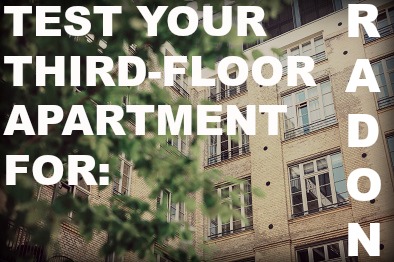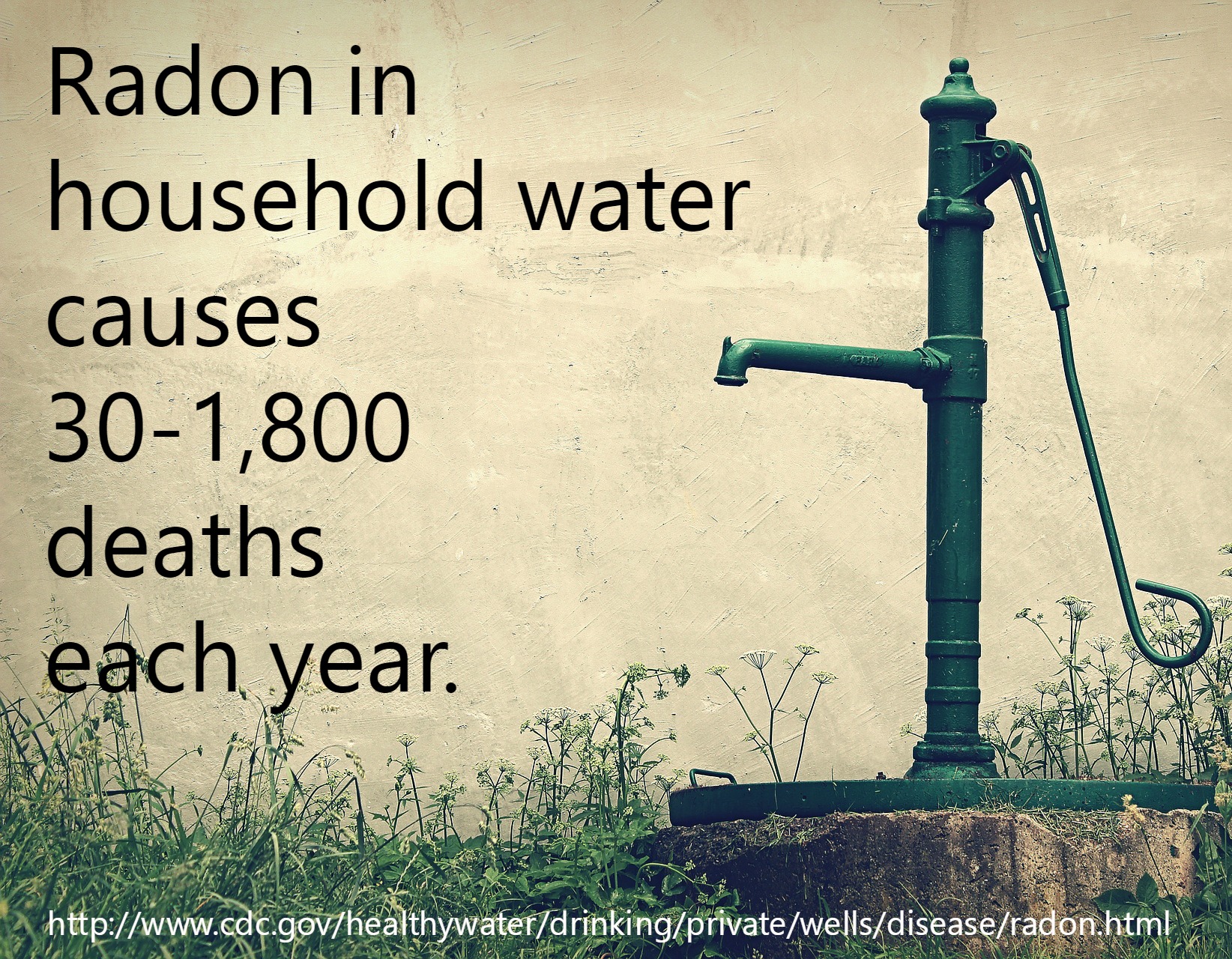What is the Federal Radon Action Plan Scorecard?
Since 2011, the federal government has been implementing the Federal Radon Action Plan (FRAP). In February 2016, they posted a Scorecard to report on the status of radon testing and radon mitigation activities implemented under FRAP. The scorecard records commitments based on their final status, green for complete and red for incomplete.
It also discusses the six commitments that will be continued under the National Radon Action Plan (NRAP), which took over the FRAP plan after 2016. The three green-marked commitments will either be expanded to include new strategies or simply continued and tracked. The three red-marked commitments will be addressed under current NRAP programs.
Six Commitments Tracked by FRAP
Following are the six commitments defined by FRAP and a brief discussion of their progress.
- Testing tribal residences and schools for radon and educating Tribes of radon risk –The Bureau of Indian Affairs, has done radon testing on about 30% of approximately 3500 residences and 500 schools for the presence of radon. The remaining 70% are expected to be completed by 2020 and will be tracked and reported.
- Deducting radon testing and mitigation costs with the Health Care Savings Accounts (HSAs) – Because radon can have significant health-related effects, the IRS is currently working with the EPA to determine which expenses related to radon reduction can be deducted as medical expenses.
- Providing a radon mitigation cost set-aside through the VA’s Home Loan Guarantee Program – Although the VA has considered this action, it has determined that it is not feasible under current budget limitations. It will continue to prioritize work with guidelines for new construction programs and Minimum Property Requirements (MRP), which will be tracked and reported.
- Testing for radon in HUD public and assisted housing – While HUD currently lacks funding to perform radon tests as a part of its inspections of public and assisted housing, it is committed make this a standard part of the inspection process and will continue to explore its feasibility under NRAP.
- Creating a website to Increasing overall public awareness of radon in homes – Currently the EPA, HUD, USDA and HHS are collaborating on a website that works with existing campaigns to increase public awareness of the prevalence of radon and known health risks of radon in homes. The launch date of this website is as yet not determined.
- Engaging with the philanthropic organizations to promote public awareness of radon – The EPA, HUD and USDA is working to develop public-private partnerships to support programs to increase public awareness and reduce the presence and risks of radon in homes. So far efforts have been largely unsuccessful.
For further radon information from government agencies and programs, contact Ameriserv Radon Mitigation’s link page.
 Our Response to COVID-19
Our Response to COVID-19 

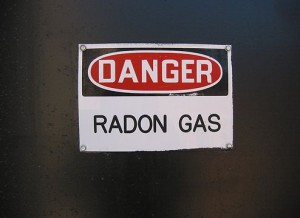
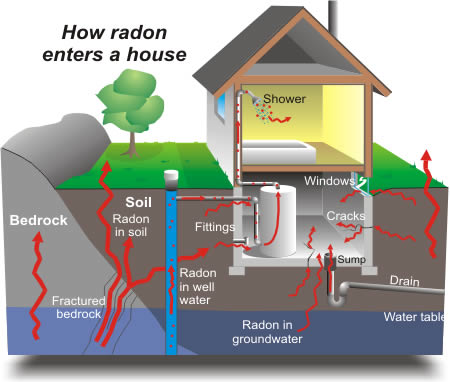 aturally in the soil and often leaks into lower levels of homes. Exposure to radon is the second leading cause of lung cancer, behind smoking, and leads to 21,000 lung cancer deaths annually. Because you aren’t able to see, smell or taste radon gas, it’s important to test the air in your home and fix any problems you find. Many people don’t believe their home is in area with radon, one of the common myths about radon.
aturally in the soil and often leaks into lower levels of homes. Exposure to radon is the second leading cause of lung cancer, behind smoking, and leads to 21,000 lung cancer deaths annually. Because you aren’t able to see, smell or taste radon gas, it’s important to test the air in your home and fix any problems you find. Many people don’t believe their home is in area with radon, one of the common myths about radon.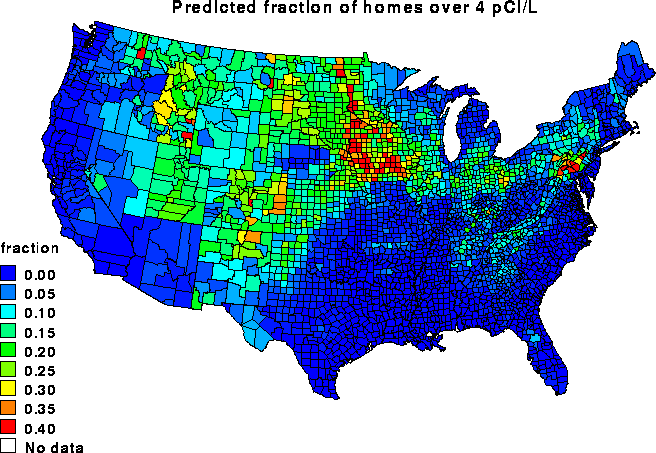 As of February 2016 the Scorecard has been posted with the final results. The majority of their goals were completed. Each of these goals will help reduce radon levels in America and decrease future issues. The end goal is to completely erase radon gas levels, and the EPA is working furiously towards that goal.
As of February 2016 the Scorecard has been posted with the final results. The majority of their goals were completed. Each of these goals will help reduce radon levels in America and decrease future issues. The end goal is to completely erase radon gas levels, and the EPA is working furiously towards that goal. So, how can we get people to understand the very real danger of radon? We believe that awareness and education could be a step in the right direction. Many people do not even know what radon is or what it can cause. Radon is a gas that is created through the natural breakdown of uranium in the earth. It rises through the soil and into homes through small basement or foundation cracks.
So, how can we get people to understand the very real danger of radon? We believe that awareness and education could be a step in the right direction. Many people do not even know what radon is or what it can cause. Radon is a gas that is created through the natural breakdown of uranium in the earth. It rises through the soil and into homes through small basement or foundation cracks. It’s great to know that kids get it. Radon is dangerous, and they are trying to do something about it. The State of Iowa Youth Advisory Council help to champion a bill to make sure that Iowa schools are tested for radon levels. This group of students researched and learned about the effects of radon which is a carcinogenic gas that occurs in Iowa in levels you don’t see just about anywhere else in the United States. Every single one of the counties in Iowa are at an elevated risk of radon exposure.
It’s great to know that kids get it. Radon is dangerous, and they are trying to do something about it. The State of Iowa Youth Advisory Council help to champion a bill to make sure that Iowa schools are tested for radon levels. This group of students researched and learned about the effects of radon which is a carcinogenic gas that occurs in Iowa in levels you don’t see just about anywhere else in the United States. Every single one of the counties in Iowa are at an elevated risk of radon exposure. So make sure you are educating your children. The more people talk about radon and it’s dangers, especially to our children in their schools, the sooner it will get done. Also, contact your local government representatives and push for this type of legislation to be approved. Our kids tried to stand up for other kids in our state. Now we need to as well! If you have questions about radon, the dangers of radon, or if you want to have
So make sure you are educating your children. The more people talk about radon and it’s dangers, especially to our children in their schools, the sooner it will get done. Also, contact your local government representatives and push for this type of legislation to be approved. Our kids tried to stand up for other kids in our state. Now we need to as well! If you have questions about radon, the dangers of radon, or if you want to have  If we find that the radon levels in your home are higher than the recommended 4.0 pCi/L in your home, we can install a radon
If we find that the radon levels in your home are higher than the recommended 4.0 pCi/L in your home, we can install a radon 